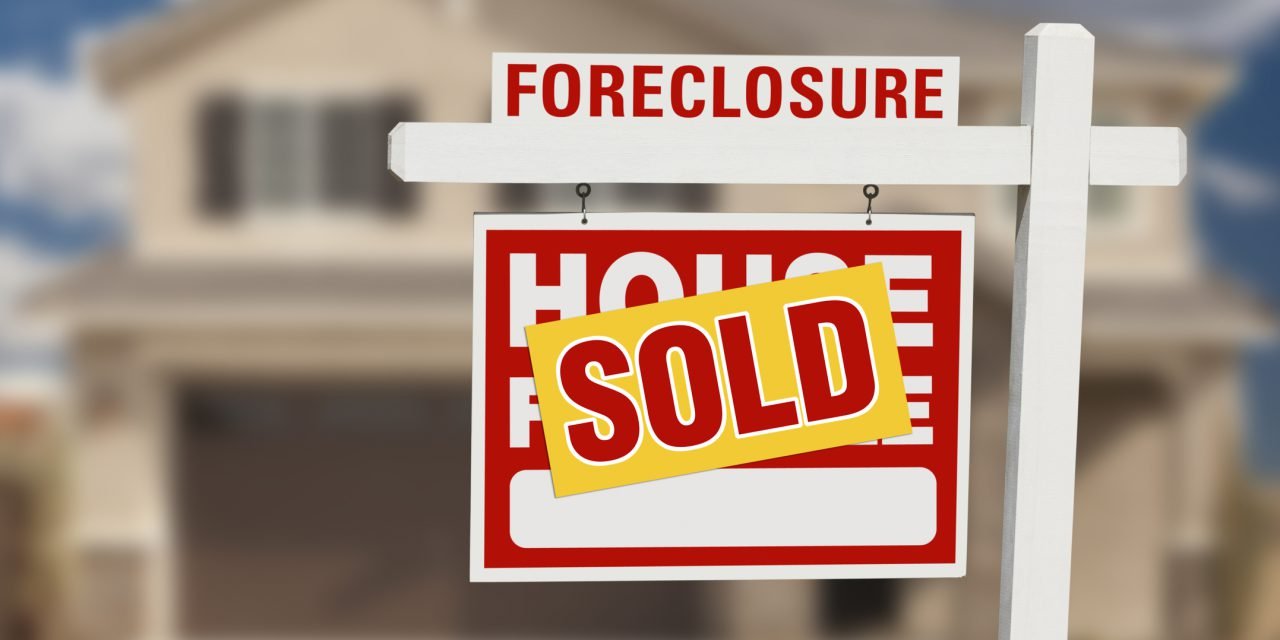August 27, 2020 update: On August 27, 2020, the U.S. Department of Housing and Urban Development (HUD) along with the Federal Housing Finance Agency (FHFA) announced an extension of the foreclosure moratorium for single family homes through December 31, 2020. For information, read more here.
The Coronavirus Aid, Relief, and Economic Security (CARES) Act, signed into law in March 2020, promised nearly $2 trillion in stimulus to individuals and businesses impacted by the coronavirus (COVID-19) pandemic. Now, despite the continued impact of the virus, many of the benefits of the Act are expiring, leaving us to wonder: what happens next?
The foreclosure moratorium is one such benefit scheduled to expire soon. Under the current law, lenders and servicers may not foreclose on the residences of homeowners falling under CARES Act protections through August 31, 2020. Further, homeowners experiencing financial hardship due to COVID-19 maybe request mortgage forbearance for 180 days, which may be extended. See the CFPB’s coverage of the CARES Act for more information.
The Federal Financial Institutions Examination Council (FFIEC) is encouraging additional and extended loan accommodations to help homeowners affected by COVID-19.
The FFIEC consists of key representatives from the:
- Federal Reserve (the Fed);
- Federal Deposit Insurance Corporation (FDIC);
- National Credit Union Administration (NCUA);
- Comptroller of the Currency;
- Bureau of Consumer Financial Protection (formerly the Consumer Financial Protection Bureau or CFPB); and
- State Liaison Committee.
In a recent statement, the council suggests further accommodations are needed as the initial relief period comes to an end.
Potential accommodations include agreements to:
- defer payments;
- forbear delinquent amounts; and
- modify the loan terms to increase the borrower’s long-term ability to pay.
But any additional accommodations will be largely left up to individual lenders and servicers to decide, meaning the fate of struggling homeowners will be left up to the pure chance of who their servicer is. Worse, none of these loan accommodations are long-term solutions to the coming foreclosure wave, which can only be reduced by more access to jobs, and soon.
Foreclosures will continue to build in 2020
Don’t panic — yet — it’s unlikely this fall will see a surge of notices of default (NODs).
The current August 31 expiration date was extended from a previous June expiration date, so it is possible the federal foreclosure moratorium may be extended again. In fact, a legally dubious executive order was recently released seeking to extend the foreclosure moratorium. However, it reads more like a promise for future action than a fact and may not prove to be of any real merit to homeowners without congressional agreement.
Further, the current moratorium prohibits lenders and servicers from even initiating the foreclosure process, so foreclosing entities will need to start at square one whenever the moratorium is lifted. Foreclosures don’t happen overnight. They begin with a delinquency, followed by a notice of default and eventually a foreclosure sale and redemption period.
California is a nonjudicial foreclosure state. Unlike a judicial foreclosure, nonjudicial foreclosures do not involve the court system. The mortgage holder may foreclose by a trustee’s sale. For this to occur, a mortgage first needs to be classified as delinquent, or at least 30 days past due. A leading indicator of future foreclosures is the share of mortgages 90 days or more past due. For a principal residence, an NOD is recorded when the mortgage is at least 120 days past due. [12 Code of Federal Regulations §1024.41(f)(1)]
Related article:
Beyond the CARES Act, some California cities and counties have more protections in place to keep homeowners (and renters) in their homes during the pandemic. However, no statewide law is on the books to protect against COVID-19 related foreclosures past the current federal expiration — yet.
Assembly Bill (AB) 2501, which would prohibit foreclosure actions during the 12-month period following the bill’s passage, is currently being considered by lawmakers. The bill also seeks to require mortgage servicers to offer up to 360 days of mortgage forbearance to homeowners experiencing financial hardship, ensuring the missed payments are not due in a lump sum or through increased payments at the end of the forbearance period.
California’s Judicial Council recently voted to let lawmakers have the final say on lifting foreclosure and eviction moratoriums, refraining from extending state protections beyond September 1, 2020. Therefore, whether or not California’s housing market experiences a rush of foreclosures in the next year will depend largely on whether bills like AB 2501 are passed.
One thing is clear: the social and economic effects of COVID-19 along with the 2020 recession will continue to impact residents for months, or more likely, years. Without legislation to prevent today’s delinquencies from becoming tomorrow’s foreclosures, today’s foreclosure moratorium will simply continue to dam up the inventory of distressed sales, to be released once the moratorium is lifted and the floodgates are opened.
Keep reading for updates as we wait to find out how California lawmakers act to protect homeowners now, and in the months to come.
Related page:

















